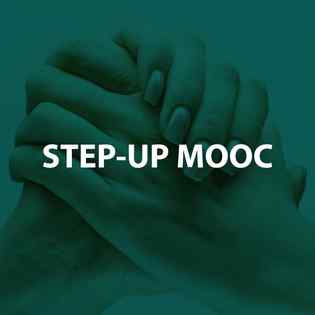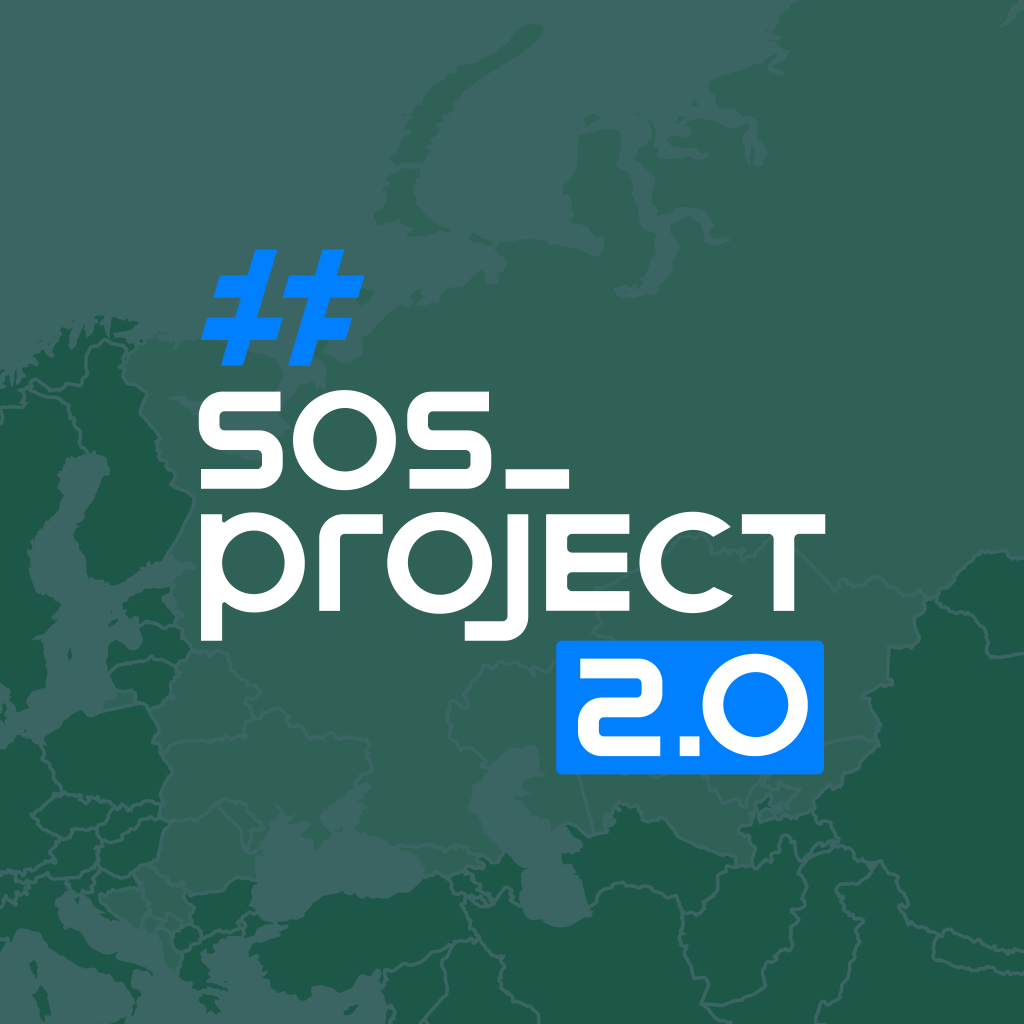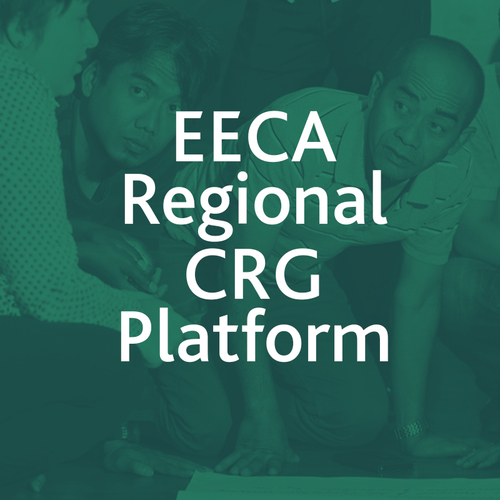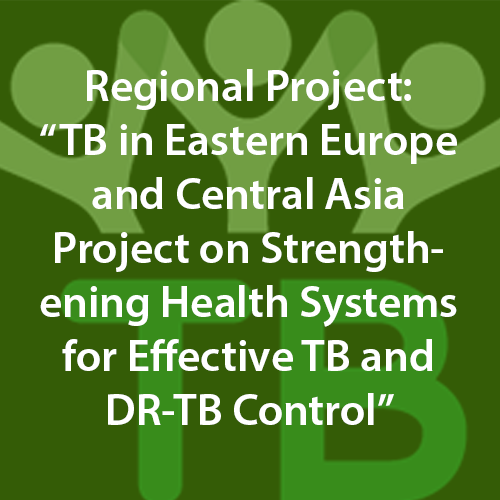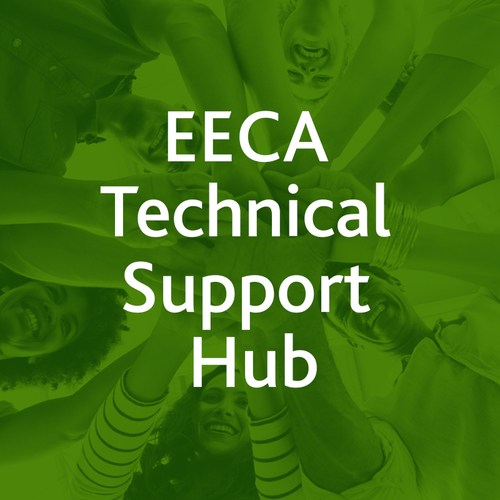Eastern Europe and Central Asia
Eastern Europe and Central Asia
From 2008 the Alliance for Public Health began sharing its HIV response expertise in the region of Eastern Europe and Central Asia. Its regional approach is guided by the strategy ‘Situation Assessment and Strategic Direction for the prevention to care and treatment of HIV/AIDS, TB and viral hepatitis among Key Populations in Eastern Europe and Central Asia (EECA) 2016–2018’
Alliance strategic priorities in the region include:
strengthening integrated programs aimed at prevention and treatment of HIV, tuberculosis and hepatitis in most-at-risk populations (PWID, sex workers, men who have sex with men);
scaling-up response programs in those areas and populations not sufficiently covered, with a focus on facilitating program uptake in the Russian Federation (responsible for over half of all cases of HIV);
drawing attention to the issue of hepatitis;
allocating international donor and national budget funding to cover programs in response to the epidemics of AIDS, tuberculosis and hepatitis in most-at-risk populations;
improving data quality and conducting surveys in most-at-risk populations.
Since 2015 the Alliance has formed an open partnership with civil society organizations in the region in order to implement its regional strategy. The partnership agreement between the Alliance (Ukraine), Gender and Development NGO (Azerbaijan), Center for Information and Counseling “Tanadgoma” (Georgia), Georgian Harm Reduction Network, “We Are For Civil Equality” NGO (Armenia), Belarus Association of HIV-Service Organizations “BelNetwork AntiAIDS”, Union of Organizations Working in HIV Prevention and Harm Reduction (Moldova), and Non-Profit Partnership “ESVERO” (Russian Federation) was signed in May 2015.
The Alliance has united forces fighting tuberculosis in the EECA region with the TB Europe Coalition, and is one of its active members.
The Alliance has implemented a number of programs in the region. Good examples are the EU-funded project ‘Broader Introduction of Effective HIV Prevention Strategies Targeting Populations at Most Risk in the ENPI-East Region’, that has provided a firm basis for managing regional-based initiatives, and MSM-focused activities conducted with the PEPFAR-funded AIDSTAR Two project, ‘Men having sex with men (MSM) in Eastern Europe: implications of a hidden epidemic’, led by MSH and implemented in the region with the Alliance’s substantial involvement.
Having demonstrated good results, Ukraine has become an example for other countries who aspire to replicate our experience. In 2017, the Alliance supported ongoing projects across 15 countries, most of them located in Eastern Europe and Central Asia. In addition, the Alliance was involved in providing technical and advisory support in 24 countries.
Currently, the regional portfolio of Alliance programs includes:

